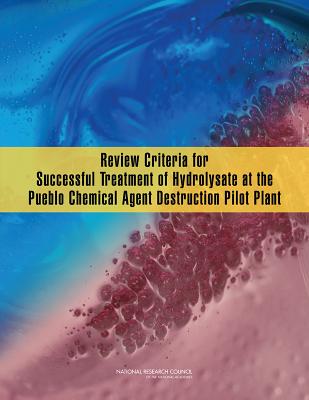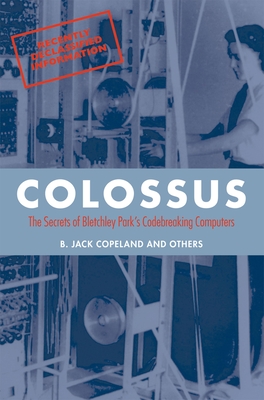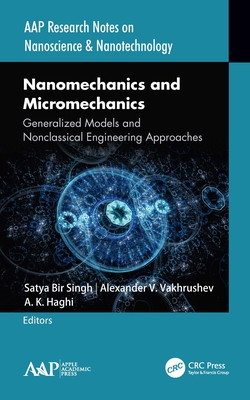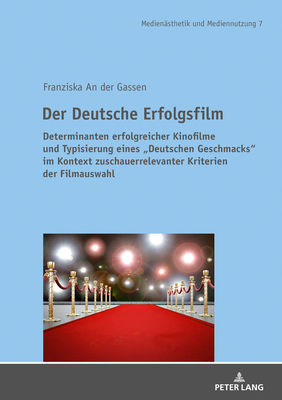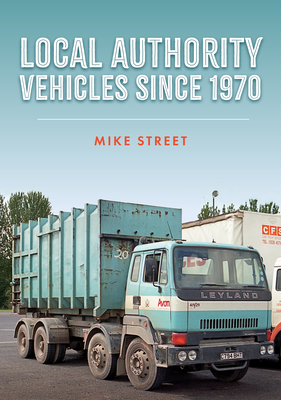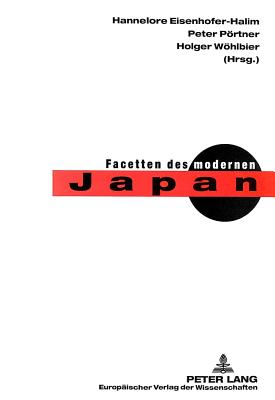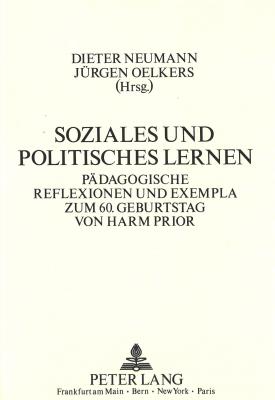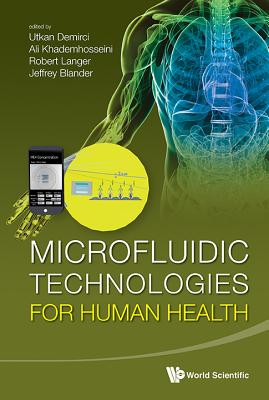One of the last two sites with chemical munitions and chemical materiel is the Pueblo Chemical Depot in Pueblo, Colorado. The stockpile at this location consists of about 800,000 projectiles and mortars, all of which are filled with the chemical agent mustard. Under the direction of the Assembled Chemical Weapons Alternative Program (ACWA), the Army has constructed the Pueblo Chemical Agent Destruction Pilot Plant (PCAPP) to destroy these munitions. The primary technology to be used to destroy the mustard agent at PCAPP is hydrolysis, resulting in a secondary waste stream referred to as hydrolysate. PCAPP features a process that will be used to treat the hydrolysate and the thiodiglycol - a breakdown product of mustard - contained within. The process is a biotreatment technology that uses what are known as immobilized cell bioreactors. After biodegradation, the effluent flows to a brine reduction system, producing a solidified filter cake that is intended to be sent offsite to a permitted hazardous waste disposal facility. Water recovered from the brine reduction system is intended to be recycled back through the plant, thereby reducing the amount of water that is withdrawn from groundwater. Although biotreatment of toxic chemicals, brine reduction, and water recovery are established technologies, never before have these technologies been combined to treat mustard hydrolysate. At the request of the U.S. Army, Review Criteria for Successful Treatment of Hydrolysate at the Pueblo Chemical Agent Destruction Pilot Plant reviews the criteria for successfully treating the hydrolysate. This report provides information on the composition of the hydrolysate and describes the PCAPP processes for treating it; discusses stakeholder concerns; reviews regulatory considerations at the federal, state, and local levels; discusses Department of Transportation regulations and identifies risks associated with the offsite shipment of hydrolysate; establishes criteria for successfully treating the hydrolysate and identifies systemization data that should factor into the criteria and decision process for offsite transport and disposal of the hydrolysate; and discusses failure risks and contingency options as well as the downstream impacts of a decision to ship hydrolysate offsite. Table of ContentsFront MatterSummary1 Introduction2 Background3 Stakeholder Interests and Issues4 Regulatory Requirements for Offsite Hydrolysate Shipment and Treatment5 Transportation of Chemical Materials6 Hydrolysate Treatment Performance Goals7 Failure Risks, Systemization, and Contingency OptionsAppendixesAppendix A: Statement of TaskAppendix B: Public Interest and Input DocumentsAppendix C: Biographical Sketches of Committee MembersAppendix D: Committee Meetings
Get Review Criteria for Successful Treatment of Hydrolysate at the Pueblo Chemical Agent Destruction Pilot Plant by at the best price and quality guranteed only at Werezi Africa largest book ecommerce store. The book was published by National Academies Press and it has pages. Enjoy Shopping Best Offers & Deals on books Online from Werezi - Receive at your doorstep - Fast Delivery - Secure mode of Payment
 Jacket, Women
Jacket, Women
 Woolend Jacket
Woolend Jacket
 Western denim
Western denim
 Mini Dresss
Mini Dresss
 Jacket, Women
Jacket, Women
 Woolend Jacket
Woolend Jacket
 Western denim
Western denim
 Mini Dresss
Mini Dresss
 Jacket, Women
Jacket, Women
 Woolend Jacket
Woolend Jacket
 Western denim
Western denim
 Mini Dresss
Mini Dresss
 Jacket, Women
Jacket, Women
 Woolend Jacket
Woolend Jacket
 Western denim
Western denim
 Mini Dresss
Mini Dresss
 Jacket, Women
Jacket, Women
 Woolend Jacket
Woolend Jacket
 Western denim
Western denim
 Mini Dresss
Mini Dresss



